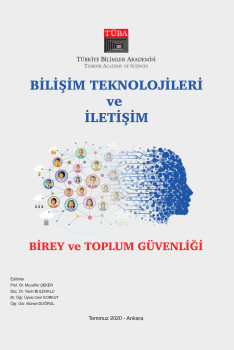Past, Present and Future of Information Technologies

Past, Present and Future of Information Technologies
Fifth-generation (5G) of mobile communication signaled a paradigm shift in wireless networks by introducing diverse services with varying requirements rather than focusing merely on increasing the achievable data rates. With the rapid evolution of wireless networks across a broad technological environment which includes virtualization, IoT and Industry 4.0, our lives are surrounded by electronic devices capable of wireless radio transmission and reception, not only for communication purposes but also for radar, wireless sensing, and radio environment monitoring/mapping. Emerging Internet of Things (IoT) and Cyber-Physical Systems (CPS) applications aim to bring people, data, processes, and things together, to fulfill the needs of our everyday lives. With the emergence of software-defined networks, adaptive services and applications are gaining much attention since they allow automatic configuration of devices and their parameters, systems, and services to the user’s context change. Granted, these devices, networks, and applications are huge commodities and improve our quality of life, but, they also present a major risk for society, not only because of widely recognized security leaks in the current wireless radio access technologies but also for the enormous amounts of information over a medium which can be extracted by radio-based sensing. Data and communication security have always been a focal point in wireless communication, and we have had great success with cryptography and PHY security techniques. However, recent studies have suggested using wireless transmissions for sensing the radio and physical environment to enable flexible, aware networks and environmental monitoring applications. Anything related to the wireless transmission, anything that the signal interacts with, can be or is being sensed, including user mobility and spectrum usage behavior, objects in the environment, and much more.
